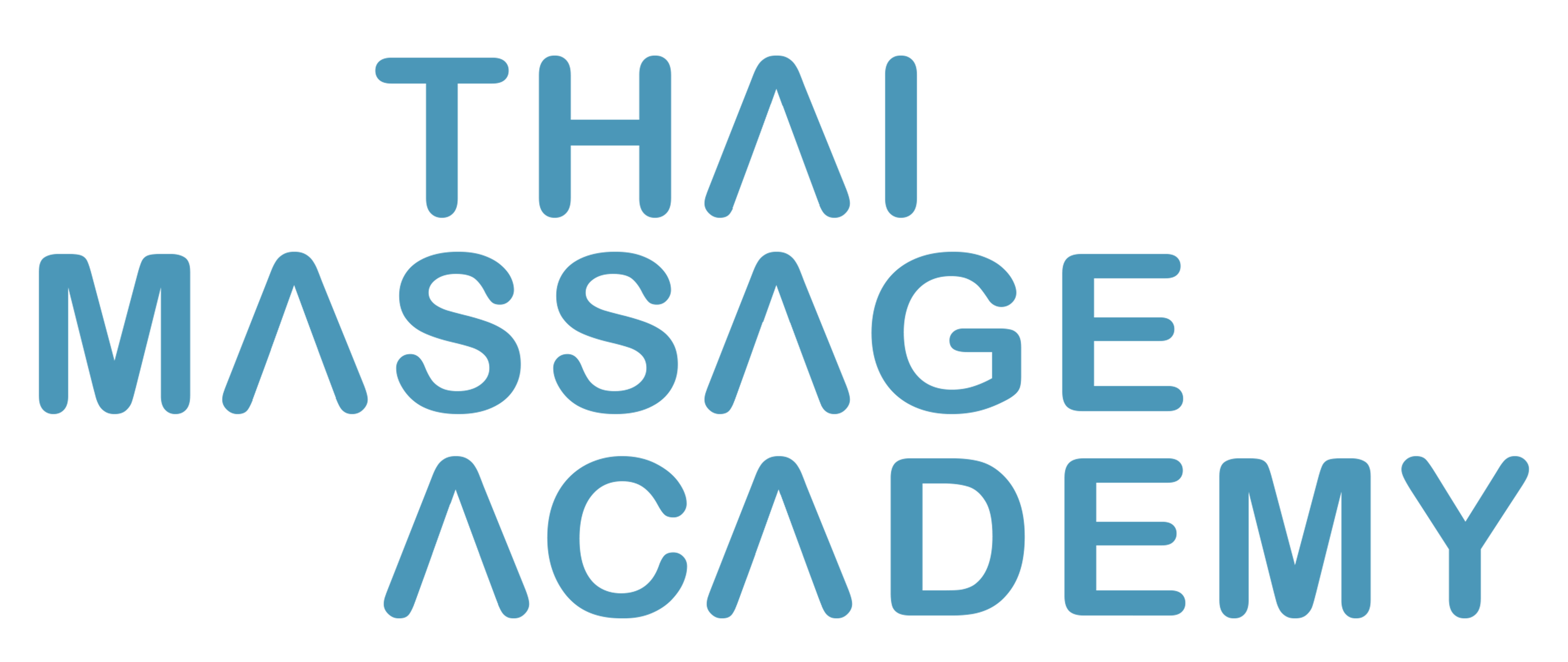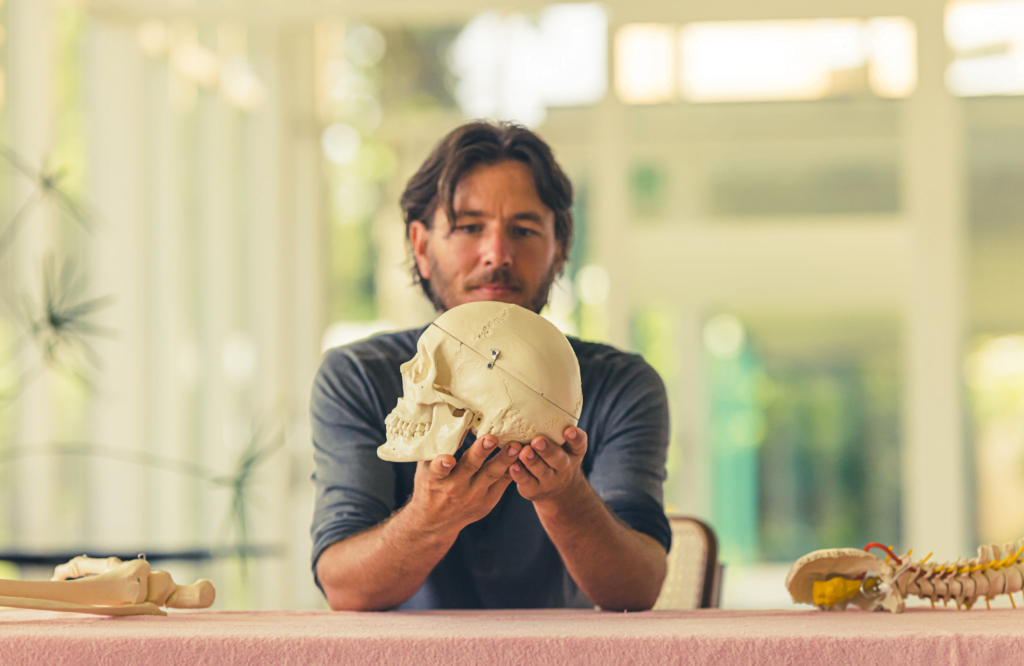Osteopathy is a client-centred discipline that is based on understanding the relationship between structure and function in order to enhance the body’s inherent ability to heal. It relies on skilled manual therapeutic techniques to assess and treat the client, guiding the natural self-healing properties of the human body.
The philosophy of Osteopathy is based on four basic principles:
- Each structure in the body supports the body’s functions.
- The natural flow of the body’s fluids – lymphatic, vascular and neurological – must be preserved and maintained.
- The human body is the sum of its parts. Its physical, emotional, social, spiritual, and cognitive systems don’t work independently – they work in harmony.
- When the body has no restrictions, it has the inherent ability to heal itself.
Osteopathic Manual Practitioners recognize a person as an integrated whole. When all of the body’s components are in balance, a person is complete and in total health. Osteopathic Manual Practitioners work to maintain, improve and restore the normal physiological function of interrelated body structures and systems, enhancing the body’s natural ability to heal itself.
Using various manual assessment and techniques and modalities, Osteopathic Manual Practitioners work to identify and ease restrictions, constrictions and pain; reduce swelling; improve tissue mobility; and promote proper function and healing in people of all ages.
SOFT TISSUE MANIPULATION
Soft tissue manipulation can be used in many different ways. This method is used to evaluate the condition of tissues, ease restrictions, help the body’s fluids (blood, lymph, etc.) flow smoothly and restore function. Optimal neuro-vascular flow helps to reduce harmful fluid retention and allows the body’s immune system to work more effectively. Throughout the care, Osteopathic Manual Practitioners will continuously check on the state of the body’s tissues. The goal is to gently guide the tissue back to health without over-treating.
OSTEOPATHIC ARTICULAR TECHNIQUE
The osteopathic articular technique, involving gently moving two joint surfaces, is used to reduce muscle spasms, ease neurological irritations, assist in joint mobility and help reduce pain and discomfort. It is a less forceful technique than joint manipulation. Osteopathic Manual Practitioners will carefully prepare the soft tissues around the treatment area, positioning the patient so that there is minimal (if any) force needed to perform the maneuver.
CRANIAL OSTEOPATHY
As the gentlest osteopathic technique, Cranial Osteopathy is also one of the most significant. It is used to assess and treat the mobility of the nerves and vesicles that travel through passages into the base of the skull. It may also be used to assess and treat the spine, sacrum and other parts of the body. The goal of this technique is to adjust the body’s physiology by restoring balance and optimal neuro-vascular flow surrounding the Central Nervous System and all of its autonomic centers. Osteopathic Manual Practitioners achieve this by treating the body’s inherent biorhythm. Osteopathic Manual Practitioners trained in this technique can feel this rhythm in the patient’s head, spinal cord, and in the sacrum and the rest of the body.
VISCERAL FASCIAL MANIPULATION
Visceral Fascial Manipulation is used to effectively treat the fascial and soft tissues around organs and viscera of the body. Osteopathic Manual Practitioners will gently move the structures themselves and the fascia that surrounds them to restore full movement. Applied with gentle pressure, visceral manipulation corrections can improve the mobility of an organ, improve neuro-vascular flow surrounding the organ and ultimately help maximize organ function.





